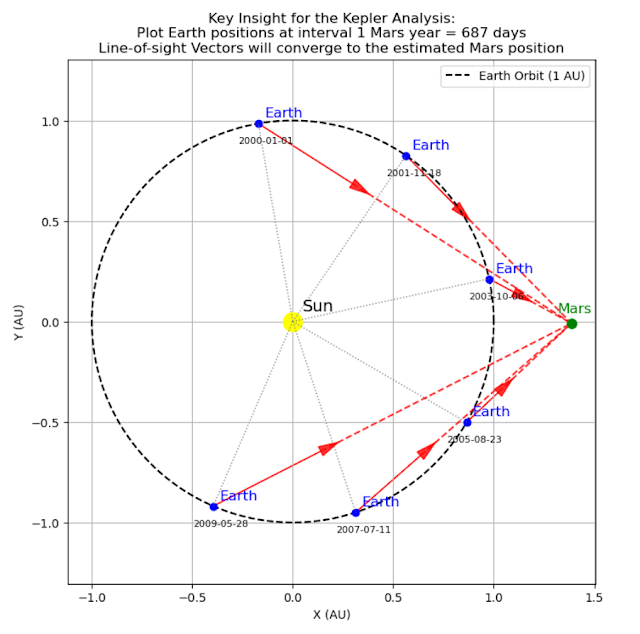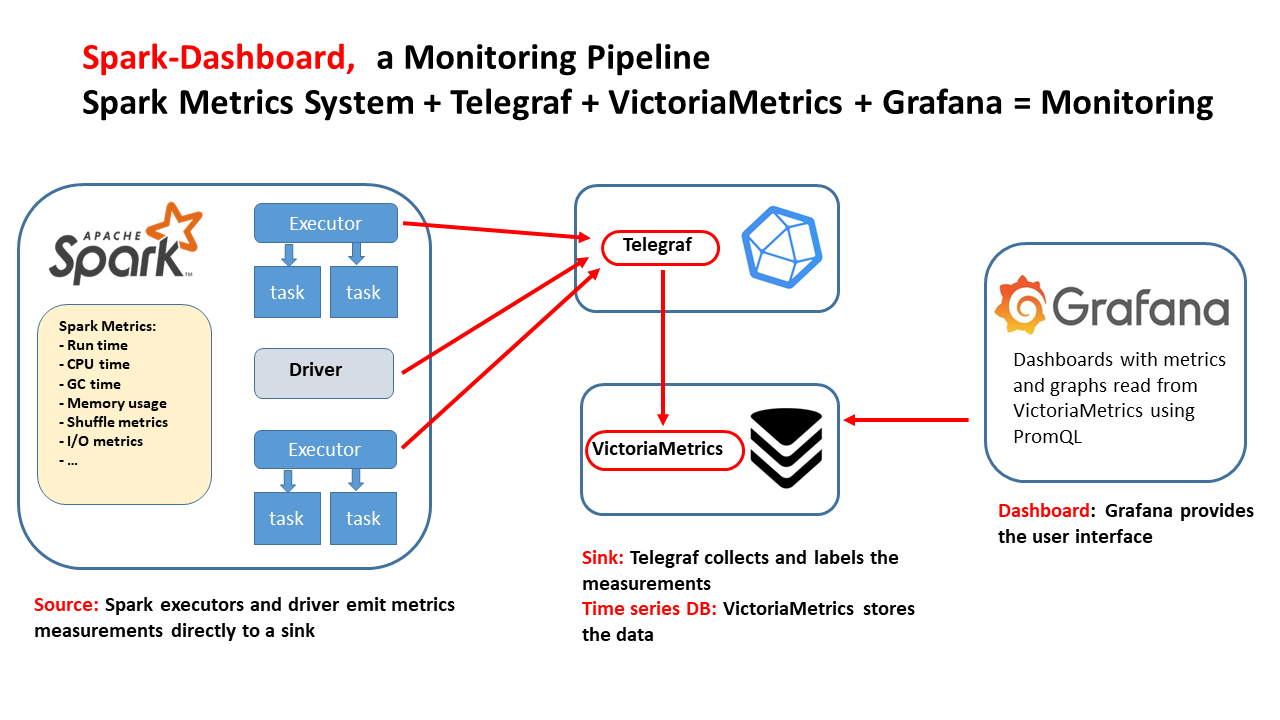The ATLAS Detector Control System (DCS) at CERN is essential for ensuring optimal detector performance. Each year, the system generates tens of billions of time-stamped sensor readings, presenting considerable challenges for large-scale data analysis. Although these data are stored in Oracle databases that excel in real-time transactional processing, the configuration—optimized with limited CPU resources to manage licensing costs—makes them less suited for extensive historical time-series analysis.
To overcome these challenges, a modern data pipeline has been developed that leverages Apache Spark, CERN’s Hadoop service, and the Service for Web-based Analysis (SWAN) platform. This scalable, high-performance framework enables researchers to efficiently process and analyze DCS data over extended periods, unlocking valuable insights into detector operations. By integrating advanced big data technologies, the new system enhances performance monitoring, aids in troubleshooting Data Acquisition (DAQ) link failures, and supports predictive maintenance, thereby ensuring the continued reliability of the ATLAS detector systems.
Note: this blog post is a reduced version of the article Advancing ATLAS DCS Data Analysis with a Modern Data Platform by Luca Canali, Andrea Formica and Michelle Solis.
The Data Pipeline: From Storage to Analysis
Figure 1: Overview of the Big Data architecture for Detector Control System (DCS) data analysis. The system integrates data from Oracle databases (including DCS, luminosity, and run information) and file-based metadata and mappings into the Hadoop ecosystem using Parquet files. Apache Spark serves as the core processing engine, enabling scalable analysis within an interactive environment powered by Jupyter notebooks on CERN SWAN. Reproduced with permission from Advancing ATLAS DCS Data Analysis with a Modern Data Platform.Data Storage in Oracle Databases
The ATLAS Detector Control System (DCS) data is primarily stored in Oracle databases using a commercial product, the WinCC OA system, optimized for real-time monitoring and transactional operations. Each detector’s data is managed within dedicated database schemas, ensuring structured organization and efficient access.
At the core of this storage model is the EVENTHISTORY table, a high-volume repository that records sensor IDs, timestamps, and measurement values across thousands of monitoring channels. This table grows rapidly, exceeding one billion rows annually, requiring advanced partitioning strategies to facilitate efficient data access. To improve performance, range partitioning is implemented, segmenting the table into smaller, manageable partitions based on predefined time intervals, such as monthly partitions.
Since direct querying of this vast dataset for large-scale analysis can impose a heavy load on the production Oracle systems, a read-only replica copy, is used as the data source for many data querying use cases and for data extraction into CERN’s Hadoop-based analytics platform. This approach ensures that the primary database remains unaffected by analytical workloads, allowing detector experts to access and process historical data efficiently without impacting real-time operations.
Leveraging CERN’s Hadoop Service
To address the challenges of handling large-scale DCS data analysis, CERN’s Hadoop cluster, Analytix, provides a scalable and high-performance infrastructure tailored for parallelized computation and distributed storage. With over 1,400 physical cores and 20 PB of distributed storage, it enables efficient ingestion, processing, and querying of massive datasets.
Currently, approximately 3 TB of DCS data—representing 30% of the total available records—has been migrated into the Hadoop ecosystem, covering data from 2022 onward. Data extraction is performed via Apache Spark, leveraging the Spark JDBC connector to read from the read-only Oracle replica. Daily import jobs incrementally update the core EVENTHISTORY table, appending new records without reprocessing the entire dataset. Smaller, less dynamic tables undergo full replacements to maintain consistency.
For optimized storage and performance, all ingested data is converted to Apache Parquet format, a columnar storage system designed for high-speed analytical queries. The dataset is partitioned by day, enabling partition pruning—a technique that allows queries to efficiently filter relevant time slices, significantly reducing query execution times. The system can use Spark's parallel processing to rapidly process queries that target billions of individual data rows, completing such operations in just a few seconds and making it an ideal solution for correlation studies, anomaly detection, and long-term trend analysis of detector performance.
This modern data pipeline integrates seamlessly with CERN’s Jupyter notebooks service (SWAN), providing detector experts with a Python-based interactive environment for exploratory data analysis, visualization, and machine learning applications. The combination of Apache Spark, Parquet, and Hadoop enables the scalable processing of DCS data, facilitating key analyses such as monitoring DAQ link instabilities, tracking high-voltage performance, and diagnosing hardware failures in the ATLAS New Small Wheel (NSW) detector.
The Role of Apache Spark
Apache Spark plays a pivotal role in transforming how this data is accessed and analyzed. The Spark-based data pipeline extracts data from a read-only replica of the primary production database, ensuring minimal disruption to live operations. Using JDBC connectivity, Spark jobs are scheduled to run daily, incrementally updating Parquet files stored in CERN’s Hadoop cluster.
Key optimizations include:
Partitioning: Data is partitioned by day to facilitate faster querying and improved storage efficiency.
Incremental Updates: Only new data is ingested daily, preventing redundant processing.
Columnar Storage with Parquet: Apache Parquet enables efficient data retrieval, reducing query execution time and storage costs.
Extracting Data from Oracle using Apache Spark
Apache Spark plays a pivotal role in transforming how this data is accessed and analyzed. The Spark-based data pipeline extracts data from a read-only replica of the primary production database, ensuring minimal disruption to live operations. Using JDBC connectivity, Spark jobs are scheduled to run daily, incrementally updating Parquet files stored in CERN’s Hadoop cluster.
Below is an example of how to create a Spark DataFrame that reads from an Oracle table using JDBC:
Run Oracle free 23ai on a container from gvenzl dockerhub repo https://github.com/gvenzl/oci-oracle-free
docker run -d --name mydb1 -e ORACLE_PASSWORD=oracle -p 1521:1521 gvenzl/oracle-free:23-slim- wait till the DB is fully started by checking the progress of the startup log at:
docker logs -f mydb1
bin/pyspark --packages com.oracle.database.jdbc:ojdbc11:23.7.0.25.01
Edit with the target database username:
db_user = "system"Database server connection string (modify for the actual setup):
db_connect_string = "localhost:1521/FREEPDB1"Database password:
db_pass = "oracle"Query to extract data from the target database (example query):
myquery = "SELECT rownum AS id FROM dual CONNECT BY level<=10"Mapping the Oracle query/table to a Spark DataFrame:
df = (spark.read.format("jdbc")
.option("url", f"jdbc:oracle:thin:@{db_connect_string}")
.option("driver", "oracle.jdbc.driver.OracleDriver")
.option("query", myquery)
.option("user", db_user)
.option("password", db_pass)
.option("fetchsize", 10000)
.load())Show schema and data for testing purposes:
df.printSchema()
df.show()For more details on using Spark to read data from Oracle databases, see this note.
Implementing Time Partitioning
To efficiently partition the data by time, a custom post-processing code in PySpark is used. Below is an example of how partitioning is applied:
Import necessary functions:
from pyspark.sql.functions import col, year, month, dayofmonthRead data from Oracle as a DataFrame:
df = (spark.read.format("jdbc")
.option("url", f"jdbc:oracle:thin:@{db_connect_string}")
.option("driver", "oracle.jdbc.driver.OracleDriver")
.option("dbtable", "EVENTHISTORY")
.option("user", db_user)
.option("password", db_pass)
.option("fetchsize", 10000)
.load())# Extract partitioning keys (year, month, day) from the 'timestamp' column
df = df.withColumn("year", year(col("timestamp"))) \
.withColumn("month", month(col("timestamp"))) \
.withColumn("day", dayofmonth(col("timestamp")))# Write the DataFrame as Parquet files partitioned by year, month, and day
output_path = "hdfs://path/to/output_directory"
df.write.partitionBy("year", "month", "day").parquet(output_path)For more details on writing data to Parquet with Spark, see this note.
Analysis Framework: A User-Friendly Approach
Apache Spark as the Core Processing Engine
The Apache Spark ecosystem allows for seamless querying and processing of vast datasets. Spark DataFrames and Spark SQL APIs offer a familiar and flexible interface for data manipulation, similar to Pandas for Python users. By enabling distributed computation, Spark ensures that billions of rows can be processed within seconds.
Benefits of Spark in the ATLAS DCS framework:
Scalability and Performance: Spark efficiently uses the available cores on each node and distributes workloads across multiple nodes.
Powerful APIs: Spark natively uses the DataFrame API and also makes available the SQL language, both provide for powerful and expressive APIs to boost performance.
Fault Tolerance: Spark has a proven architecture that provides automatic recovery and retries from many type of failures in a distributed environment.
Platform integration with Jupyter notebooks and Spark
Front-end analysis is conducted via Jupyter notebooks on the CERN’s SWAN platform, offering researchers an interactive and intuitive interface. Key capabilities include:
Spark integration: A dedicated component, the Spark Connector, abstracts the complexities of Spark configuration, ensuring seamless interaction with the Hadoop ecosystem.
Python environment and Dynamic Visualization: The platform harnesses the robust Python ecosystem for data processing, enabling the dynamic creation of tables, charts, and plots.
Data Integration: Seamless connectivity to diverse data sources—including Oracle databases and web services—simplifies the integration process, providing comprehensive access to all relevant data.
Future Enhancements
To further optimize scalability, performance, and analytical capabilities, we are exploring several key improvements:
Kubernetes for Spark Orchestration: Moving from a Hadoop-based cluster to Kubernetes-managed Spark deployments will streamline resource allocation, optimize workload scheduling, and enable dynamic scaling during peak analysis periods. This transition also facilitates a smoother shift toward cloud-based architectures.
Cloud Storage Solutions: We are evaluating cloud-based storage options such as Amazon S3, which would further ease migration to a cloud environment and enhance data accessibility and scalability.
Advanced Data Formats: We are considering the adoption of modern data formats like Apache Iceberg and Delta Lake. These formats offer improved data ingestion workflows, better query performance and support for evolving data schemas, and enhanced data management capabilities in general.
Machine Learning and AI Integration: Leveraging GPU resources available on CERN’s SWAN platform will enable advanced machine learning techniques for predictive analytics, anomaly detection, and automated troubleshooting. This integration aims to identify detector inefficiencies and potential failures in real time, ultimately improving operational reliability and reducing downtime.
These enhancements aim to future-proof the DCS data analysis framework, ensuring it remains a highly efficient, scalable, and adaptable platform for ongoing and future ATLAS detector operations.
Conclusion
The integration of Apache Spark with CERN’s Hadoop infrastructure and CERN's Notebook service, has significantly enhanced ATLAS DCS data processing and analysis, by enabling a scalable, high-performance, and user-friendly platform. This framework empowers researchers to extract meaningful insights, enhance detector performance monitoring, and streamline troubleshooting processes, significantly improving operational efficiency. As the project continues to evolve, the adoption of cloud-based storage, Kubernetes orchestration, and AI-driven analytics will further enhance the platform’s capabilities supporting the needs of the scientific and engineering community.
Acknowledgements and Links
This work is based on the article Advancing ATLAS DCS Data Analysis with a Modern Data Platform by Luca Canali, Andrea Formica and Michelle Solis. Many thanks to our ATLAS colleagues, in particular from the ADAM (Atlas Data and Metadata) team and ATLAS DCS. Special thanks to the CERN Databases and Data Analytics group for their help and support with Oracle, Hadoop, SWAN and Spark services.
Additional links and notes:
- Writing data to Parquet with Spark, see this note
- Using Spark with Oracle, see this note
- A short course on Apache Spark






